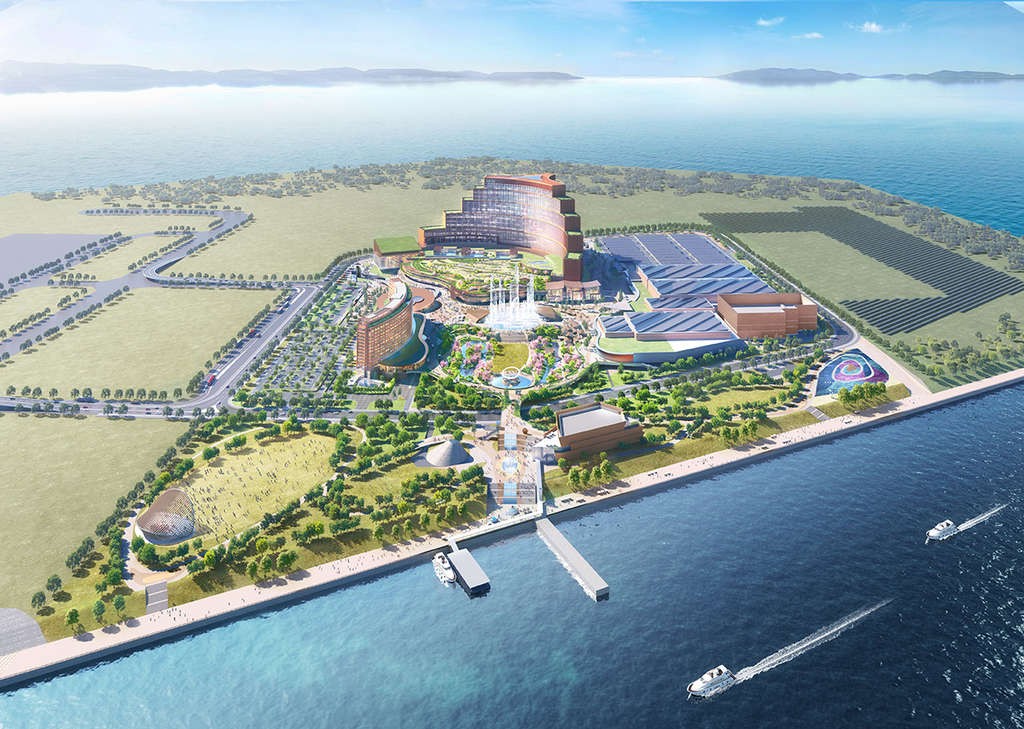
MGM Resorts’ executive Ed Bowers has argued that the success of the 2025 Osaka World Expo demonstrates the infrastructure readiness of the Yumeshima site to support a high-capacity integrated resort—potentially accommodating 250,000 visitors per day. Bowers points to the Expo’s traffic patterns, logistical performance, and visitor handling as evidence that the network of transport, venue support, crowd-control systems, and adjacent infrastructure can scale up for a casino-anchored resort.

The Expo 2025 has indeed seen significant footfall: average daily attendance peaked beyond 200,000 on certain days. The Expo’s use of Yumeshima Island—the same reclaimed land earmarked for MGM’s Osaka integrated resort (IR)—makes the comparisons more than hypothetical. The World Expo’s operational stress test of transport links (metro extension, shuttle services, station management) offers a real-world rehearsal for IR-scale visitor volumes. Bowers suggests that successes here strengthen confidence in achieving ambitious throughput targets without breakdowns in service.
Of course, Bowers and MGM still face steep challenges. Site work must contend with Japan’s complex regulatory regime, rising construction costs, and labor shortages. Bowers has acknowledged that staffing a world-class resort will require recruiting and training 10,000–15,000 personnel over time. The process of coordinating with Japanese regulators to mirror best international practices, while preserving local compliance, remains a continuing negotiation.
Economically, MGM expects the Osaka IR to be a major contributor. Bowers has forecasted annual tax and fee contributions to Osaka (and national authorities) in the order of JPY 106 billion (~US$ 775 million), along with capacity for 470 table games and 6,400 slot machines. The MGM-Orix consortium plans three hotels (~2,500 rooms), exhibition space, theatre, retail, and cultural amenities, positioning the IR not just as a gambling destination but a multi-use tourism magnet.
While Bowers’ argument is bullish and grounded in present infrastructure signals, skeptics may note that Expo demands are episodic, temporary in nature, and perhaps more tolerant of certain trade-offs (e.g. temporary staffing, overflow buffering) than a permanent resort. Sustained operations at full capacity will test maintenance, staffing continuity, regulatory consistency, and guest satisfaction in ways that Expo cycles do not. Nonetheless, MGM’s use of Expo performance as a benchmark is a compelling narrative for confidence in Osaka’s IR viability under heavy demand.


 Content Writer: Janice Chew • Friday, 25/10/2025 - 16:45:30 - PM
Content Writer: Janice Chew • Friday, 25/10/2025 - 16:45:30 - PM